The World Where We Live: Mozambique
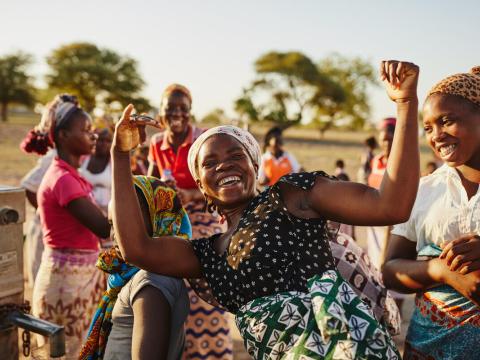
Stretching down the Indian Ocean coastline of East Africa lies Mozambique – a country rich in cultural traditions, history and stunning landscapes. It boasts pristine white-sand beaches, coral reefs, mangroves and wetlands as well as savannahs, forests, mountains and valleys, including the southernmost tip of the Great Rift Valley – and a vibrant, young population. Welcome to Mozambique!
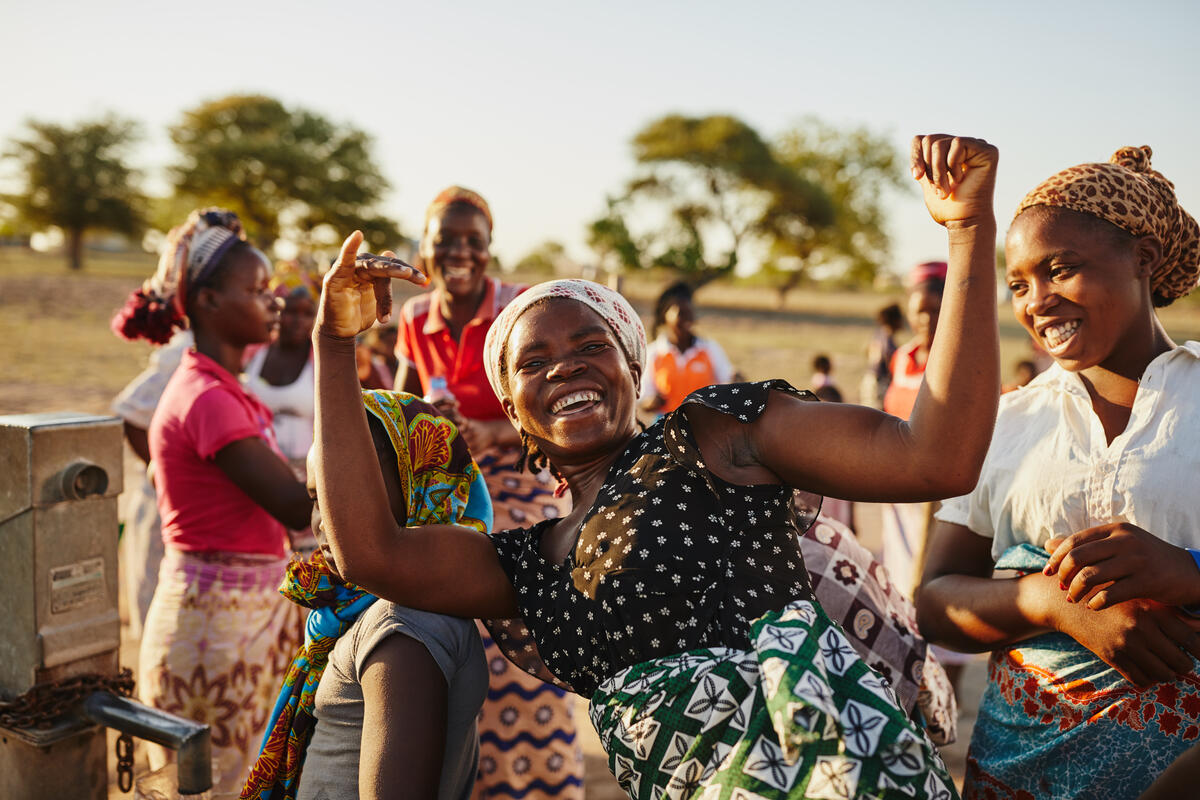 Mozambique’s cultural heritage is a vibrant mix of African, Arab and Portuguese influences. A former Portuguese colony, which became independent in 1975, Portuguese is still the official language, although only half the population can speak it. More than 40 local languages are also spoken, with Makhuna, Sena, Tsonga, Lomwe and Shona all officially recognised. Most people can speak more than one language, and the school system officially became bilingual in 2017.
Mozambique’s cultural heritage is a vibrant mix of African, Arab and Portuguese influences. A former Portuguese colony, which became independent in 1975, Portuguese is still the official language, although only half the population can speak it. More than 40 local languages are also spoken, with Makhuna, Sena, Tsonga, Lomwe and Shona all officially recognised. Most people can speak more than one language, and the school system officially became bilingual in 2017.
 Village life is family life! Most villagers live in extended family groups in thatched mudbrick houses. They share the daily tasks of farming, cooking, cleaning, and caring for children and older family members. Here is where you’ll find Mozambique’s rich cultural heritage – in the local festivals and ceremonies, respect for village elders and chiefs, and community activities such as cooperatives and clubs. Each ethnic group in Mozambique has their own customs and beliefs, and religions practised include Christianity, Islam and traditional animist faiths.
Village life is family life! Most villagers live in extended family groups in thatched mudbrick houses. They share the daily tasks of farming, cooking, cleaning, and caring for children and older family members. Here is where you’ll find Mozambique’s rich cultural heritage – in the local festivals and ceremonies, respect for village elders and chiefs, and community activities such as cooperatives and clubs. Each ethnic group in Mozambique has their own customs and beliefs, and religions practised include Christianity, Islam and traditional animist faiths.
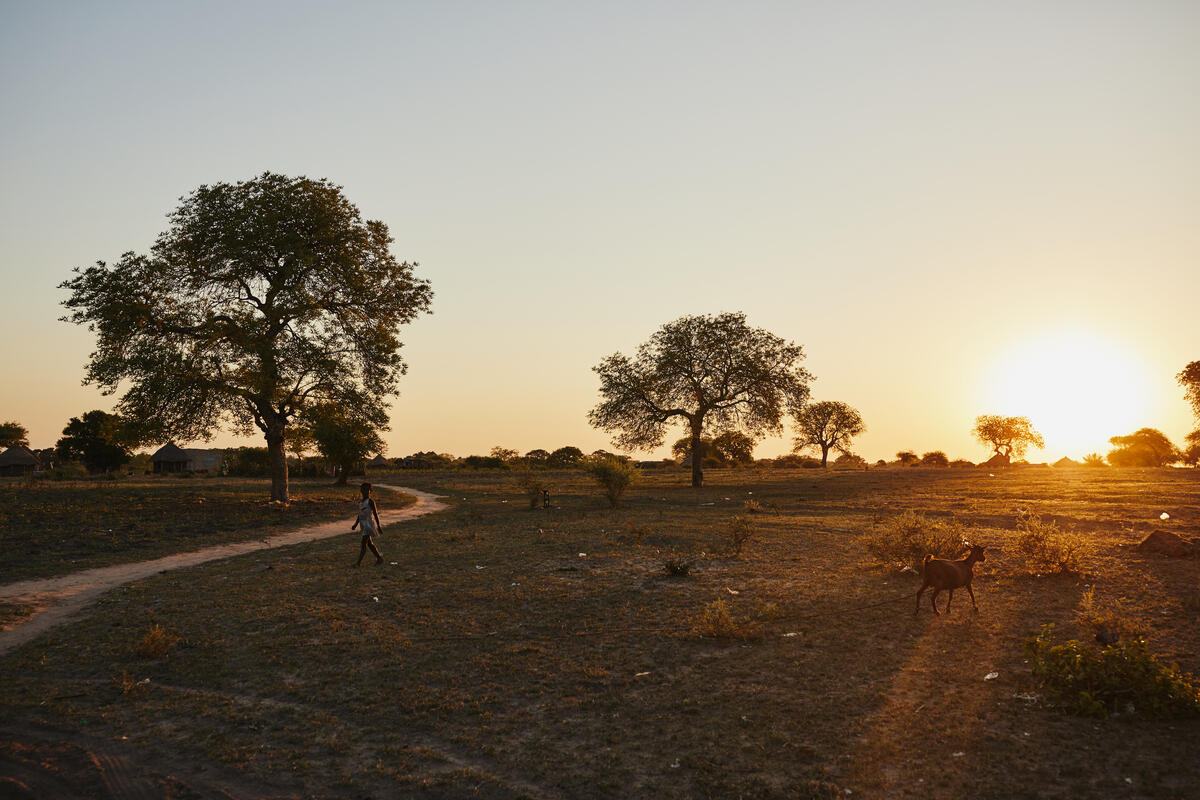 Mozambique’s climate ranges from tropical to subtropical, with a summer rainy season from October to March, and a winter dry season from April to September. Monsoon winds from the Indian Ocean bring rain and humidity to the north and east, which experiences 2000 mm rainfall each year, while in the south, the rainfall is just 500 mm. The hottest time of year is in early summer, just before the monsoon begins.
Mozambique’s climate ranges from tropical to subtropical, with a summer rainy season from October to March, and a winter dry season from April to September. Monsoon winds from the Indian Ocean bring rain and humidity to the north and east, which experiences 2000 mm rainfall each year, while in the south, the rainfall is just 500 mm. The hottest time of year is in early summer, just before the monsoon begins.
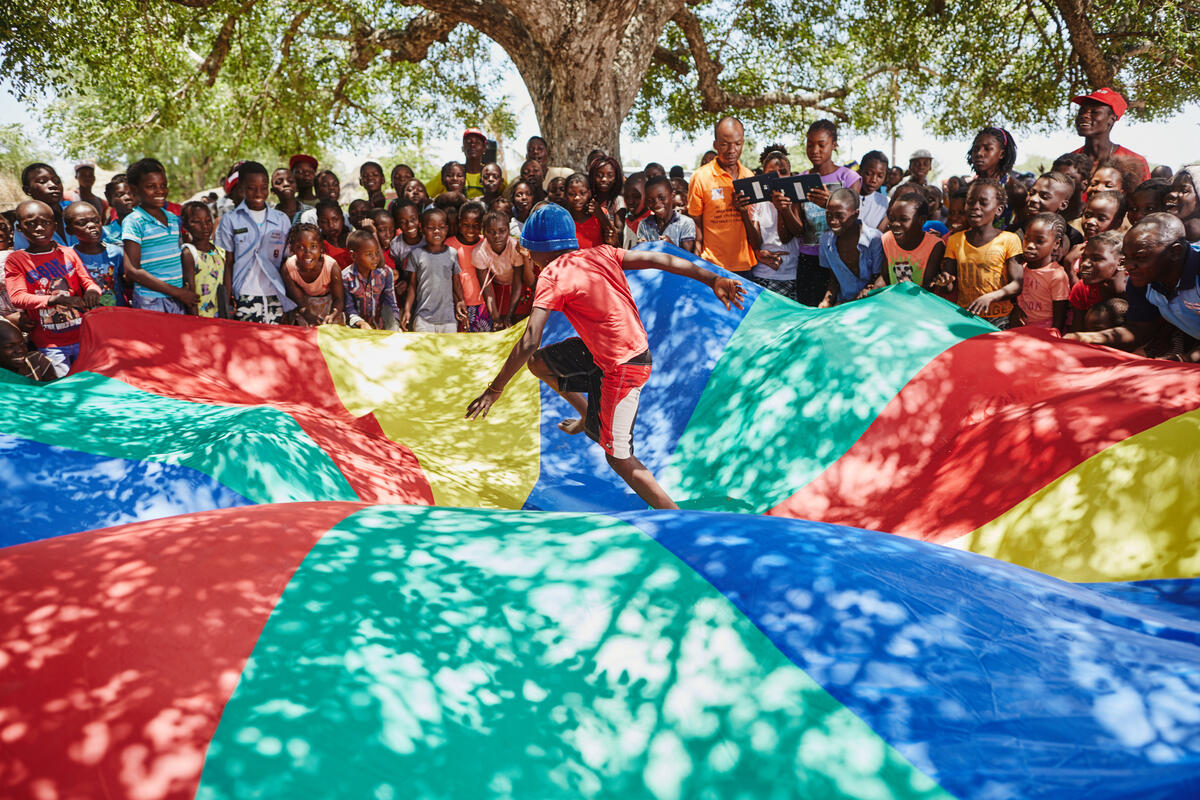 Ongoing regional conflicts in Mozambique, as well as climate change effects such as floods and droughts, have caused almost 1 million people, including more than 500,000 children, to become displaced. This exposes children to dangerous situations and risks. Children’s groups, which are run by World Vision in partnership with local communities, are a place where kids can be free to play and express themselves, as well as learn about their rights.
Ongoing regional conflicts in Mozambique, as well as climate change effects such as floods and droughts, have caused almost 1 million people, including more than 500,000 children, to become displaced. This exposes children to dangerous situations and risks. Children’s groups, which are run by World Vision in partnership with local communities, are a place where kids can be free to play and express themselves, as well as learn about their rights.
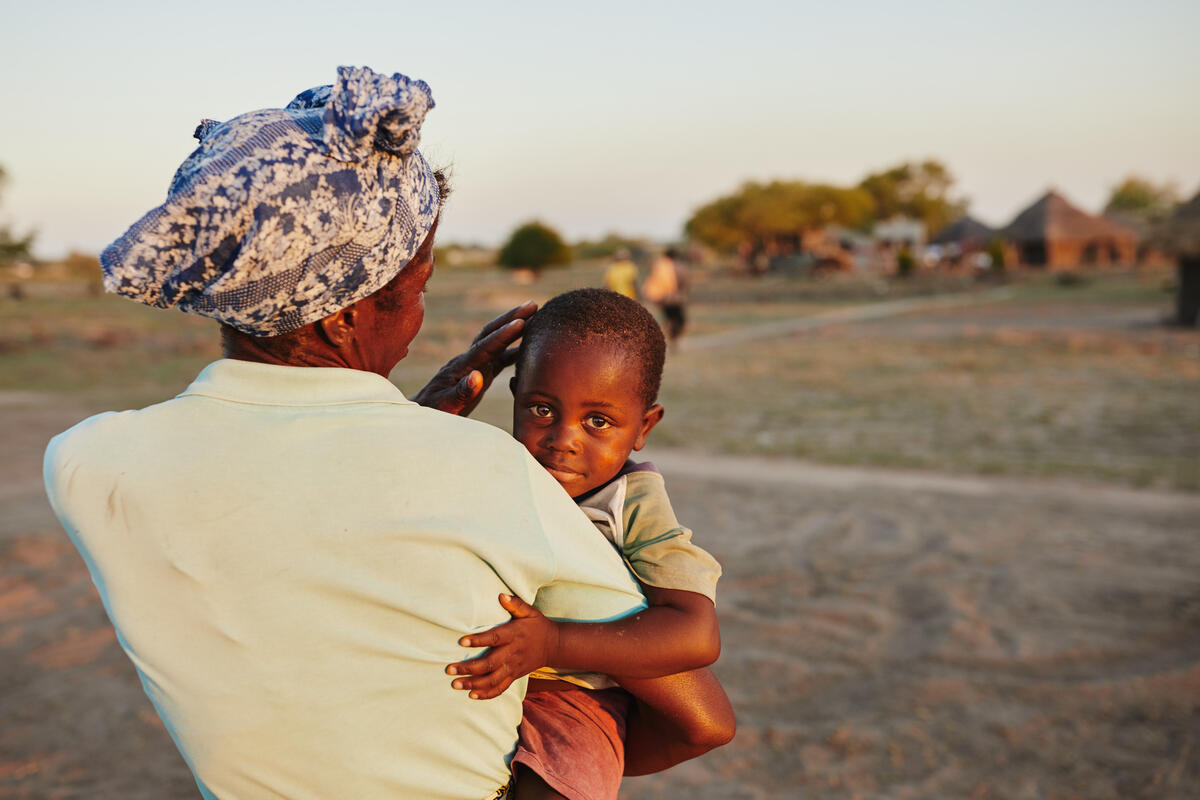 More than 50 per cent of Mozambique’s population is under the age of 18. It has one of the highest birth rates in the world, with an average of 4.6 babies born to each woman. Almost half of Mozambique’s child population lives in poverty, more than a third of children under five are chronically malnourished, HIV infection rates are the third highest in the world, and maternal and neonatal mortality rates are more than six times the global Sustainable Development Goal target. But with the help of sponsors and other development partners, the situation is slowly changing for children – infant mortality is dropping, primary school enrolment is increasing and access to clean water sources is growing.
More than 50 per cent of Mozambique’s population is under the age of 18. It has one of the highest birth rates in the world, with an average of 4.6 babies born to each woman. Almost half of Mozambique’s child population lives in poverty, more than a third of children under five are chronically malnourished, HIV infection rates are the third highest in the world, and maternal and neonatal mortality rates are more than six times the global Sustainable Development Goal target. But with the help of sponsors and other development partners, the situation is slowly changing for children – infant mortality is dropping, primary school enrolment is increasing and access to clean water sources is growing.
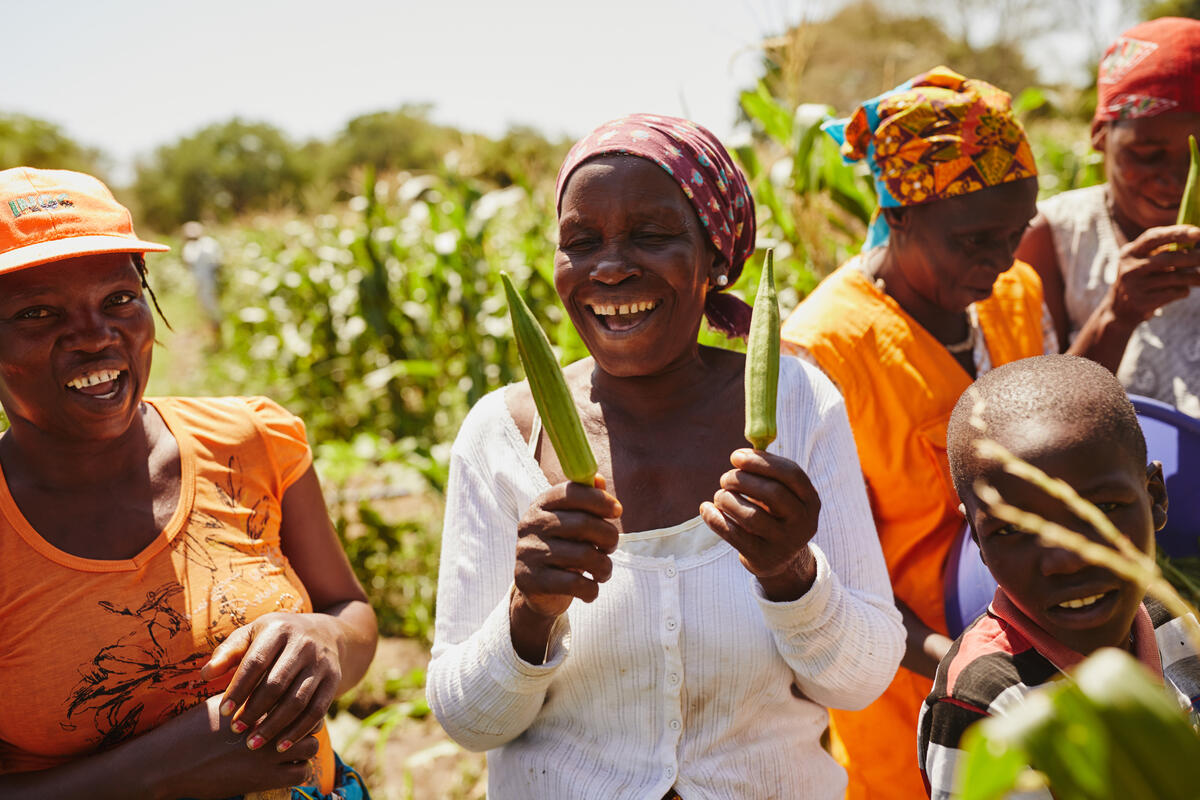 More than 8 in 10 people in Mozambique farm the land, most of whom are subsistence farmers who grow what they need to survive each day. That’s why growing diverse crops – including vegetables like sweet potatoes, peanuts and beans and okra, and fruits like bananas and pineapples – is so important. These crops provide farmers, and their families, with a range of nutrients and help them weather climate shocks like floods and droughts. World Vision sponsors support families to learn these and other farming techniques.
More than 8 in 10 people in Mozambique farm the land, most of whom are subsistence farmers who grow what they need to survive each day. That’s why growing diverse crops – including vegetables like sweet potatoes, peanuts and beans and okra, and fruits like bananas and pineapples – is so important. These crops provide farmers, and their families, with a range of nutrients and help them weather climate shocks like floods and droughts. World Vision sponsors support families to learn these and other farming techniques.
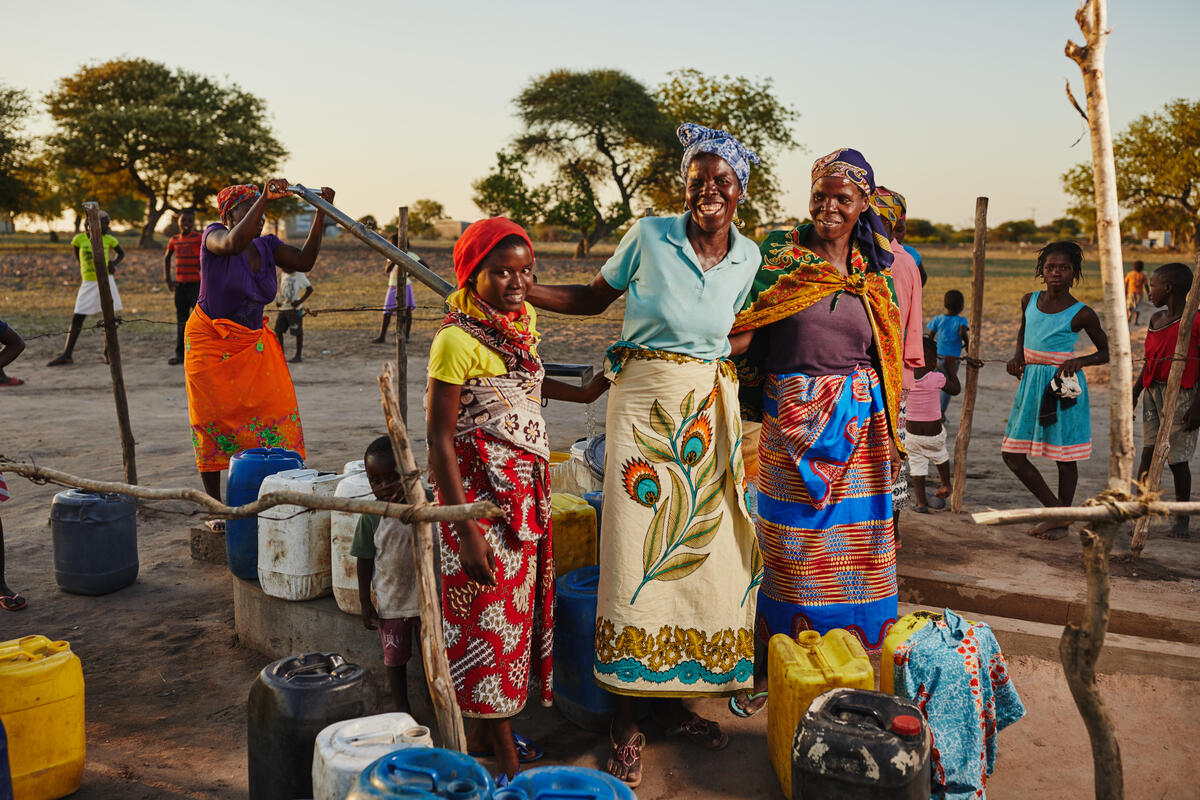 What lies beneath? Boreholes supply communities with fresh water during the winter dry season. Almost no rain falls in the dry – which means beautiful clear days but not much water for drinking, cooking or watering crops. Just 60 per cent of people in Mozambique have access to water that’s safe to drink, and this figure drops even further you travel from the towns and cities. Groundwater offers a solution – this is water that seeps into aquifers deep underground, providing a source of clean fresh water for thirsty communities.
What lies beneath? Boreholes supply communities with fresh water during the winter dry season. Almost no rain falls in the dry – which means beautiful clear days but not much water for drinking, cooking or watering crops. Just 60 per cent of people in Mozambique have access to water that’s safe to drink, and this figure drops even further you travel from the towns and cities. Groundwater offers a solution – this is water that seeps into aquifers deep underground, providing a source of clean fresh water for thirsty communities.
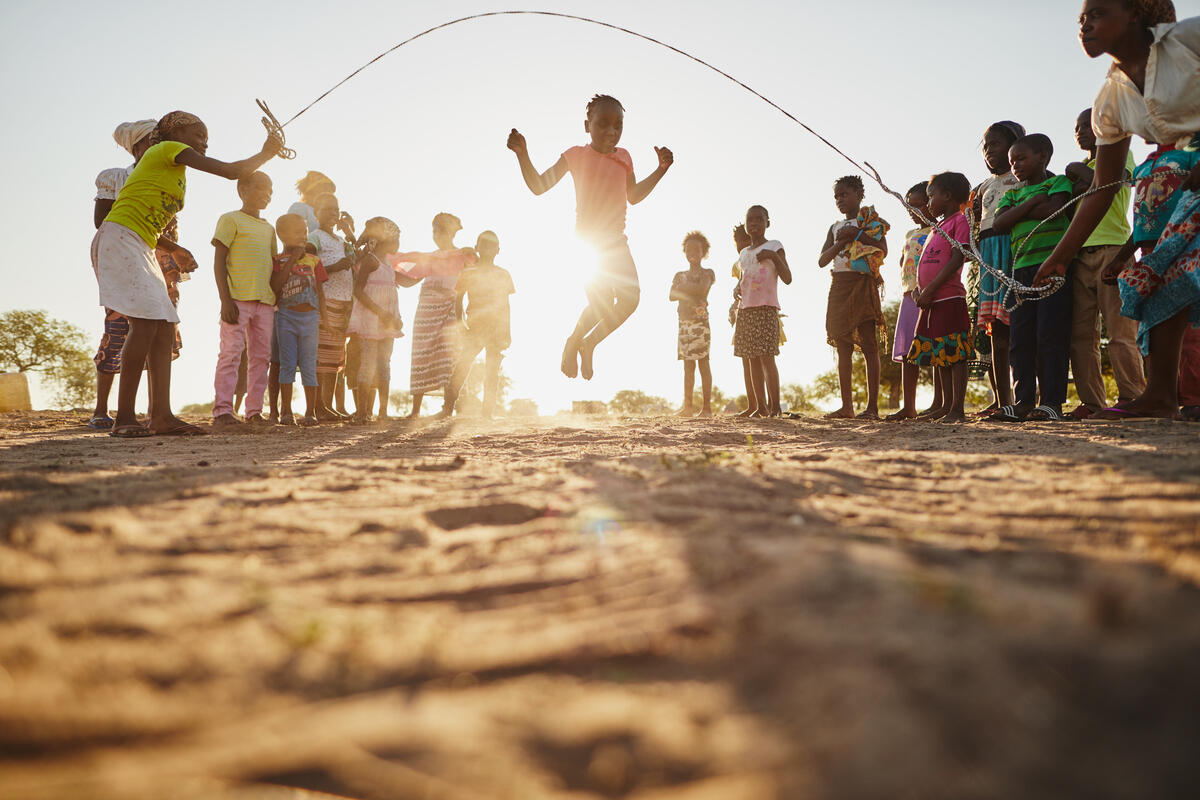 For many schoolchildren, classrooms can be out in the open air, under trees or in thatched houses. This sounds idyllic on a warm sunny day, but it means some children won’t go to school when it rains. And it rains a lot during the rainy season! School drop-out rates are high as a result – less than half of children finish primary school, and less than 1 in 10 complete high school. World Vision is working with the government and other non-government organisations to improve school buildings and increase the number of classrooms, so more children can go to school – rain, hail or shine.
For many schoolchildren, classrooms can be out in the open air, under trees or in thatched houses. This sounds idyllic on a warm sunny day, but it means some children won’t go to school when it rains. And it rains a lot during the rainy season! School drop-out rates are high as a result – less than half of children finish primary school, and less than 1 in 10 complete high school. World Vision is working with the government and other non-government organisations to improve school buildings and increase the number of classrooms, so more children can go to school – rain, hail or shine.
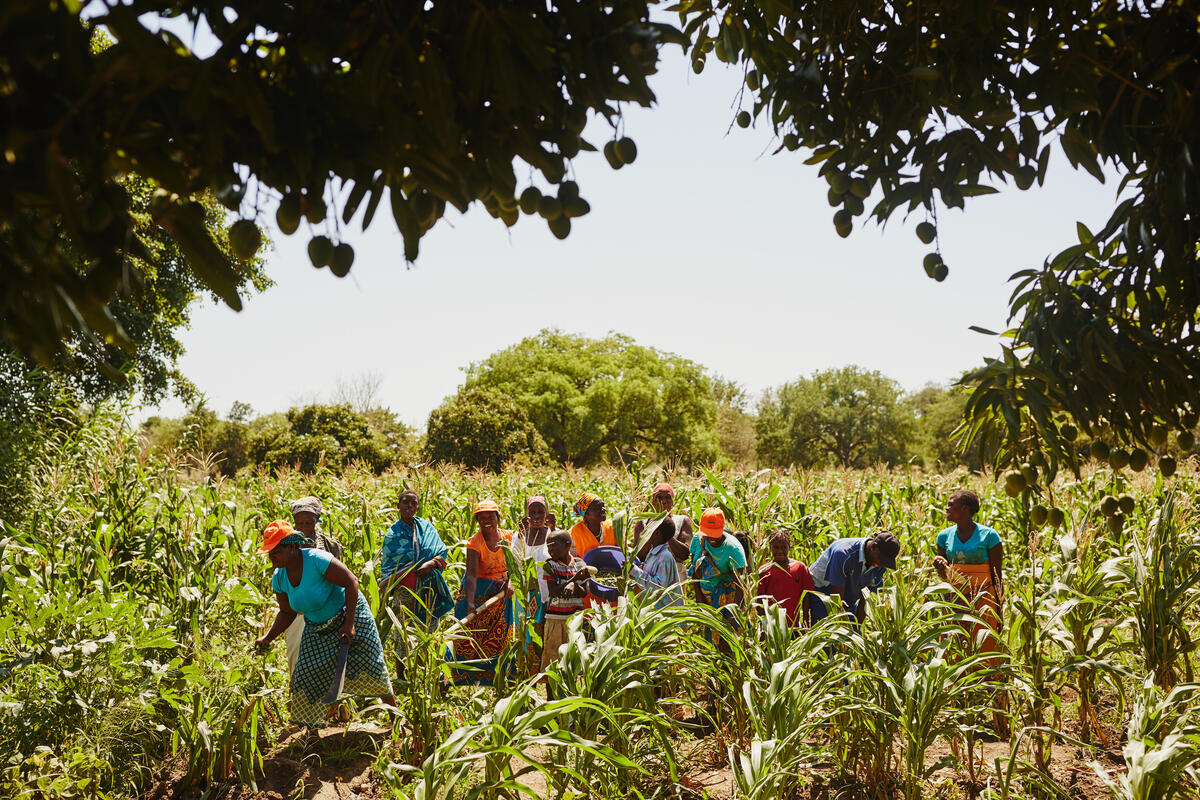 In fields surrounded by shady mango trees, women tend their crops. The main crops grown in Mozambique are maize, cassava, rice and sorghum – about one-third of all farmed land is devoted to these staple crops, as well as cash crops such as cocoa and sugarcane. While nature’s bounty brings food and income for many farmers, farming needs reliable rain and sunshine. For the times when the rains don’t come, or turn into floods, World Vision sponsors helping farming families to build their resilience with climate smart agricultural techniques, savings and more diverse livelihoods.
In fields surrounded by shady mango trees, women tend their crops. The main crops grown in Mozambique are maize, cassava, rice and sorghum – about one-third of all farmed land is devoted to these staple crops, as well as cash crops such as cocoa and sugarcane. While nature’s bounty brings food and income for many farmers, farming needs reliable rain and sunshine. For the times when the rains don’t come, or turn into floods, World Vision sponsors helping farming families to build their resilience with climate smart agricultural techniques, savings and more diverse livelihoods.
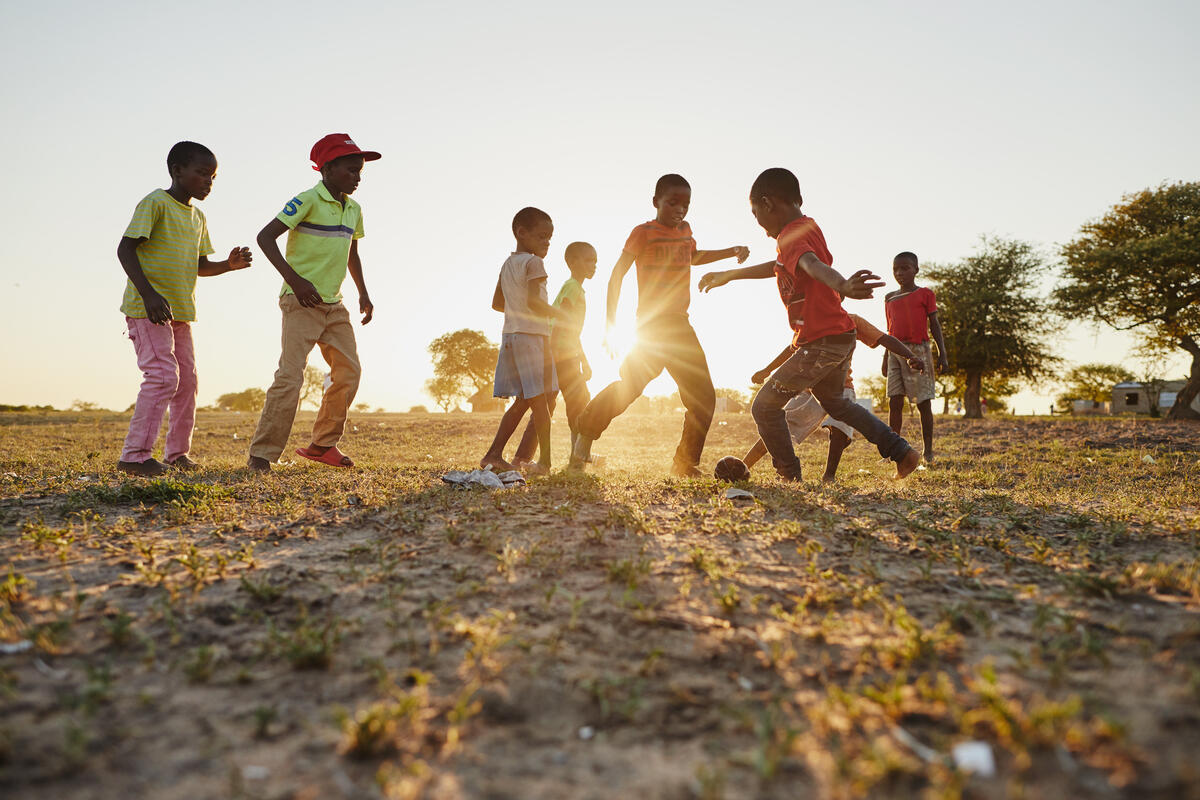
Where there’s a will, there’s a way! Football (soccer) is the most popular sport in Mozambique, along with basketball, and you can find children playing it everywhere you go. Sometimes they use improvised footballs made from a balloon wrapped in twine and covered in a plastic bag or two. Hoop toys made from bicycle tyres and sticks are another favourite. Even a stick poked through a mango leaf can turn into an aeroplane propellor with a bit of imagination!
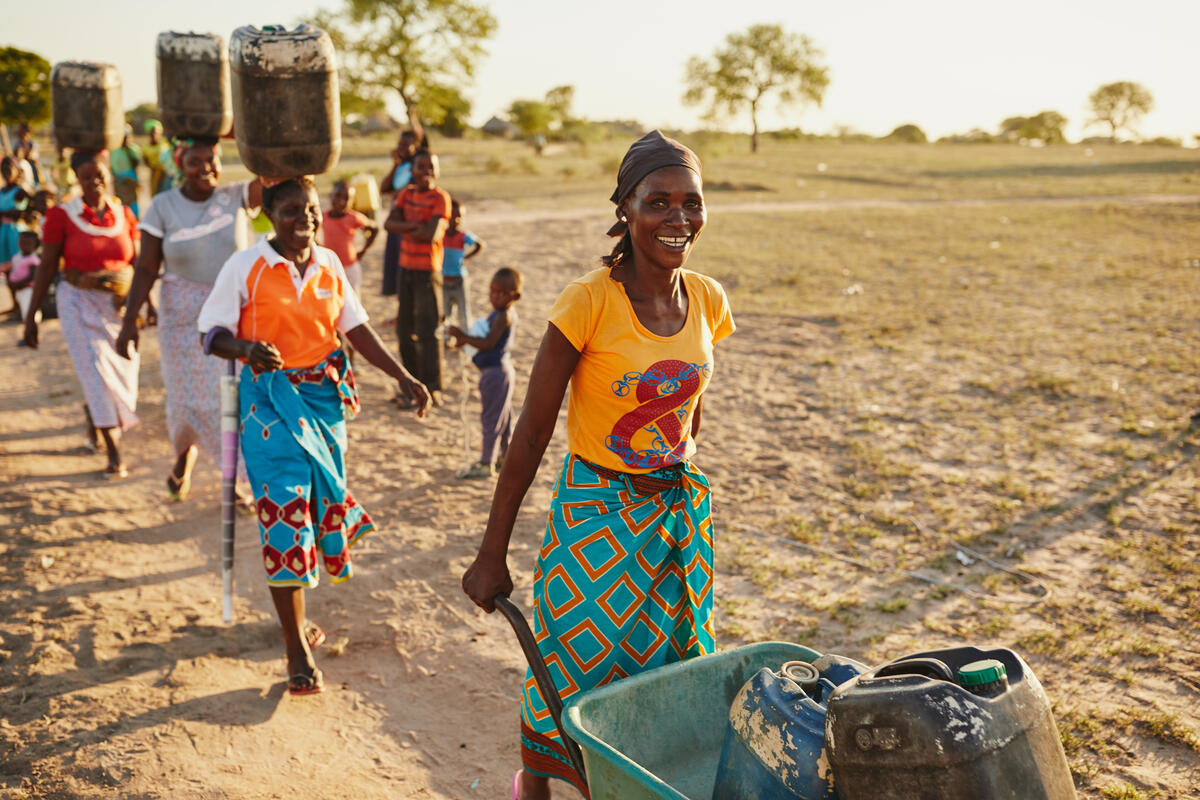
A proverb in Mozambique says: “Fire devours the grass, but not the roots.” World Vision has been partnering children and families in Mozambique since 1983, in more than 30 communities. Child sponsors are partnering with communities to address the root causes of poverty and help them to build resilience to the challenges they face by improving children’s access to education, improved water, nutrition and sanitation, safety, economic security, and disaster relief.
Child sponsorship – partnering with children and communities to break the cycle of poverty in over 1250 communities in this big, beautiful world.